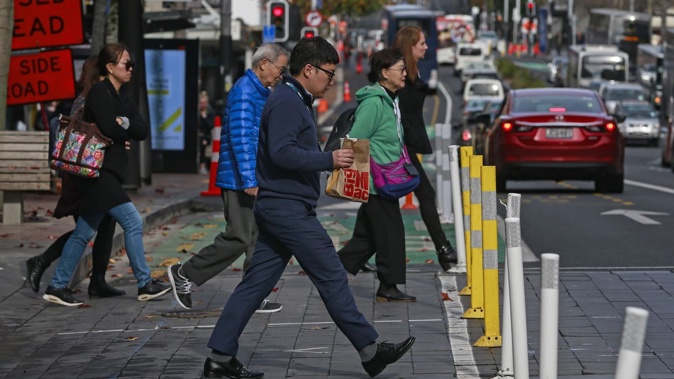
Details on how Kiwis live are being revealed as a huge chunk of Census data is unveiled this morning.
The information released includes data on Kiwis’ housing, what they earn, their sexuality, how they get to or from work and school, smoking rates and religious affiliation.
The data will be released from 10.45am. The Census is a nationwide, five-yearly headcount of everyone in New Zealand and where they are living or staying. The most recent survey was carried out in March last year.
STORY CONTINUES AFTER LIVE BLOG
STORY CONTINUES
New Zealand’s population grew about 6.3% and is getting older and more diverse, Statistics New Zealand revealed in May. That tranche of the 2023 Census data showed the oldest section of the population is in the North Island, while the territorial authorities growing the fastest are in the South Island.
It showed that since the 2018 Census, New Zealand’s population has grown by almost 300,000 people. The 2023 results show most people live in the North Island, and our population continues to age and diversify ethnically.
The number of people with Māori descent is rapidly growing, with almost one million claiming ancestry – 12.5% more than the previous 2018 Census.
Our population
The 2023 Census population count – which includes people who were in New Zealand on Census night – was 4,993,923 – almost 300,000 more people than the 2018 Census.
Population growth was slower between 2018 and 2023.
Most people lived in the North Island (76.3%, or three in four people) and one-third (1.66 million) lived in Auckland.
Populations have grown across all regions. The population growth rate for Auckland was 5.4%, almost half of the growth rate for the Tasman region (10%). The slowest population growth was in Wellington (2.8%) and Southland (2.7%).
The fastest-growing territorial authority (cities or districts) were Selwyn and Queenstown. Stats NZ said the slower population growth could be attributed to closed borders and slower migration, and low fertility rates.
Age data
New Zealand’s population is getting older, with the average median age rising from 37.4 years in 2018 to 38.1 years.
Thames-Coromandel is the oldest area in New Zealand – where 34% of people are over 65. In Kaikōura and Kāpiti, 27% of the population is over 65.
The youngest population is the Manurewa local board area in Auckland, where 24% of the population is aged under 15.
Take your Radio, Podcasts and Music with you









